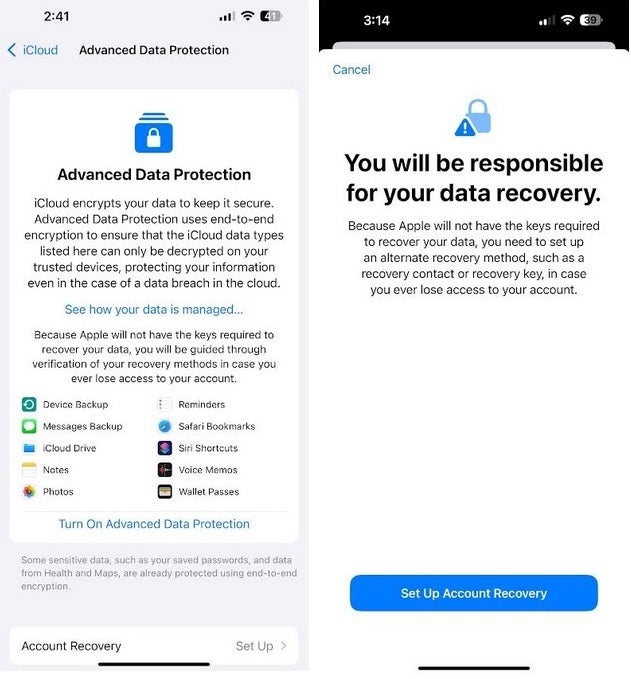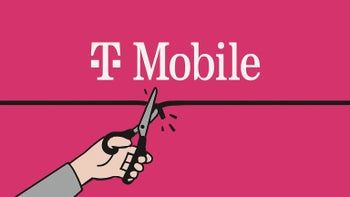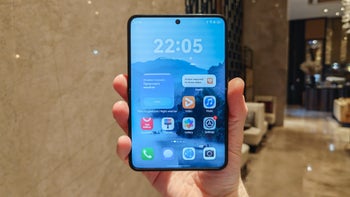Those worried about losing iPhone iCloud data encryption should enable this feature right now

As my colleague Sebastian wrote the other day, the UK order that would force Apple to create a backdoor for the iPhone and iPad affects all iPhone and iPad users worldwide, not just those in the UK. Any iPhone and iPad content backed up in iCloud, regardless of whether it is encrypted end-to-end or not, would be accessible by UK law enforcement agencies. Apple would be blocked by the order from warning iPhone users that their iCloud data is vulnerable.
Not only can't Apple warn you that your iCloud data is no longer as safe as you once thought, but even if Apple appeals the order, it must start working on the backdoor before a ruling on the appeal is made. This all sounds pretty frightening and the Electronic Frontier Federation (EFF) wrote, "The UK's Demands for Apple to Break Encryption Is an Emergency for Us All."
Is there something that iPhone and iPad users can do about the UK's attempted long-distance reach into your iCloud account? You bet there is. The iPhone and the iPad have a feature called Advanced Data Protection (APD) which places end-to-end encryption on much of the sensitive data on your iPhone and iPad. This data includes:
- Device Backup
- Messages Backup
- iCloud Drive
- Notes
- Photos
- Reminders
- Safari Bookmarks
- Siri Shortcuts
- Voice Memos
- Wallet Passes
All of the data listed above will only be decrypted on your trusted devices. Enabling ADP will also leave Apple without the encryption keys that it would need to go through your data. If you do want to enable ADP, go to Settings > Tap your name > Tap iCloud > Scroll down, tap Advanced Data Protection, then tap Turn on Advanced Data Protection > Follow the directions on how to set up your recovery methods and enable ADP.

Advanced Data Protection will apply end-to-end encryption on some of your sensitive iCloud data. Image credit-PhoneArena
To have ADP set up, you will need the following:
- An Apple Account with two-factor authentication (2FA) enabled.
- A passcode or password set on all your devices.
- An account recovery contact or recovery key, which you can set up during the aforementioned process of enabling ADP on your device.
- iOS 16.2, iPadOS 16.2 or newer, watchOS 9.2 or newer.
Keep in mind that if you do turn on ADP, you, and not Apple, will be responsible for your data recovery. Of course, this makes sense since the goal is to keep Apple and others out of your sensitive iCloud data. Speculation that Apple will remove end-to-end encryption from UK iCloud accounts doesn't seem plausible since such an action would have to be applied to all iCloud users worldwide, not just those in the UK.













Things that are NOT allowed: